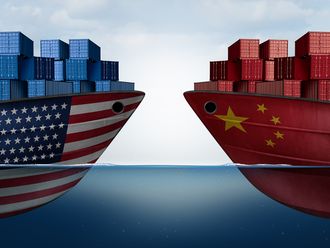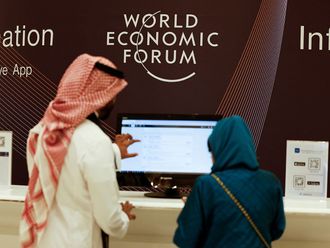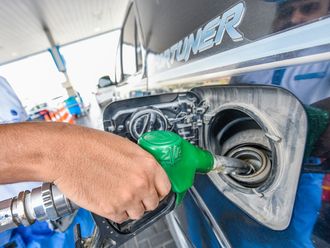Trade accords including free trade agreements (FTA) with other countries and blocs are increasingly becoming the order of the day for the six-nation Gulf Cooperation Council (GCC).
In late 2008, the GCC signed its first collective FTA deal with Singapore. And in mid-2009, the group signed another deal with the European Free Trade Association or Efta, which comprises Switzerland, Norway, Iceland and Liechtenstein. Last month the GCC signed a memorandum of understanding on commercial and economic cooperation with the 19-member Common Market for Eastern and Southern Africa or Comesa.
Sustained process
Next in line would most likely be New Zealand following completion of negotiations for a comprehensive FTA. It is fair to claim that the drive to forge FTAs is a sustained process and suggests a mutual desire for a successful completion of rounds.
In retrospect, in 2006 the two sides agreed to start work towards reaching a deal. Negotiations kicked off in 2007 only to be completed in late 2009 following merely six rounds of talks. The remaining matters include technical details and a streamlining of cooperation between the local authorities and legislators, with the official signing expected in the next few months.
New Zealand has shown a notable enthusiasm for trade, as evidenced by the regional tour of a large delegation headed by Minister of Trade Tim Groser. Representatives of over 60 business houses are part of the delegation. The deal would provide companies from New Zealand unrestricted access to the six Gulf nations, which together boast a gross domestic product (GDP) of over $900 billion (Dh3.3 trillion).
Growth potential
The GDP of the GCC is expected to cross the $1-trillion mark in the not-too-distant future.
It must also be taken into account that the GCC population keeps growing at a phenomenal rate. A study by the Economist Intelligence Unit forecasts the GCC population growing from 39.6 million in 2008 to 41.4 million in 2010, further rising to 47.5 million in 2015 and then 53.4 million in 2020. Thus, the combined GCC population is expected to grow by one-third in a span of 11 years.
Also, GCC residents figure high in the consumer bracket thanks to their access to attractive disposable income. For instance, per capita income in Qatar reportedly stands at $171,000 per annum, second only to Liechtenstein.
Again for logical reasons, New Zealand is interested in capitalising on growth potential. Bilateral trade amounted to $2.1 billion in 2009, showing 40 per cent growth since 2000. This makes the GCC the sixth largest trading partner for New Zealand. The two-way trade was all but negligible a decade ago.
Petroleum products and agricultural goods make up the bulk of exports from the GCC and New Zealand, respectively. New Zealand is also keen to expand trade to include manufacturing, information and communications technology and education.
Education destination
Over the past few years, or generally since the 9/11 attacks, New Zealand has made big strides in attracting students from the GCC. By one account, some 7,000 students from Saudi Arabia are studying in universities in New Zealand. Certainly, their spending benefits local economies where they are pursuing their education. Much to its credit, New Zealand is believed to be increasingly attracting GCC visitors for various reasons including lack of visa requirements. At the same time, credit must be extended to carriers such as Emirates and Etihad for connecting Auckland to the GCC cities.
Still, the visiting delegation needs to be reminded that trade is not a one-way street, but rather, both sides must earn benefits from any eventual deal. This fact can't be ignored since the visiting delegation persistently focused on potential benefits of an FTA for exporters from New Zealand while touring the GCC countries.
The writer is a Member of Parliament in Bahrain.












